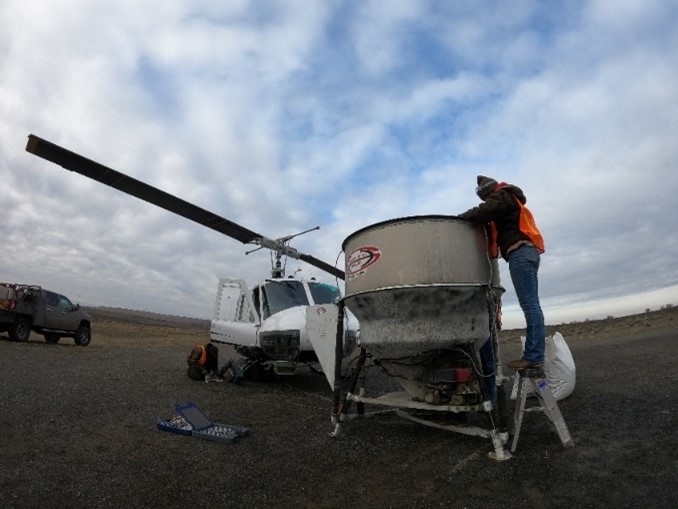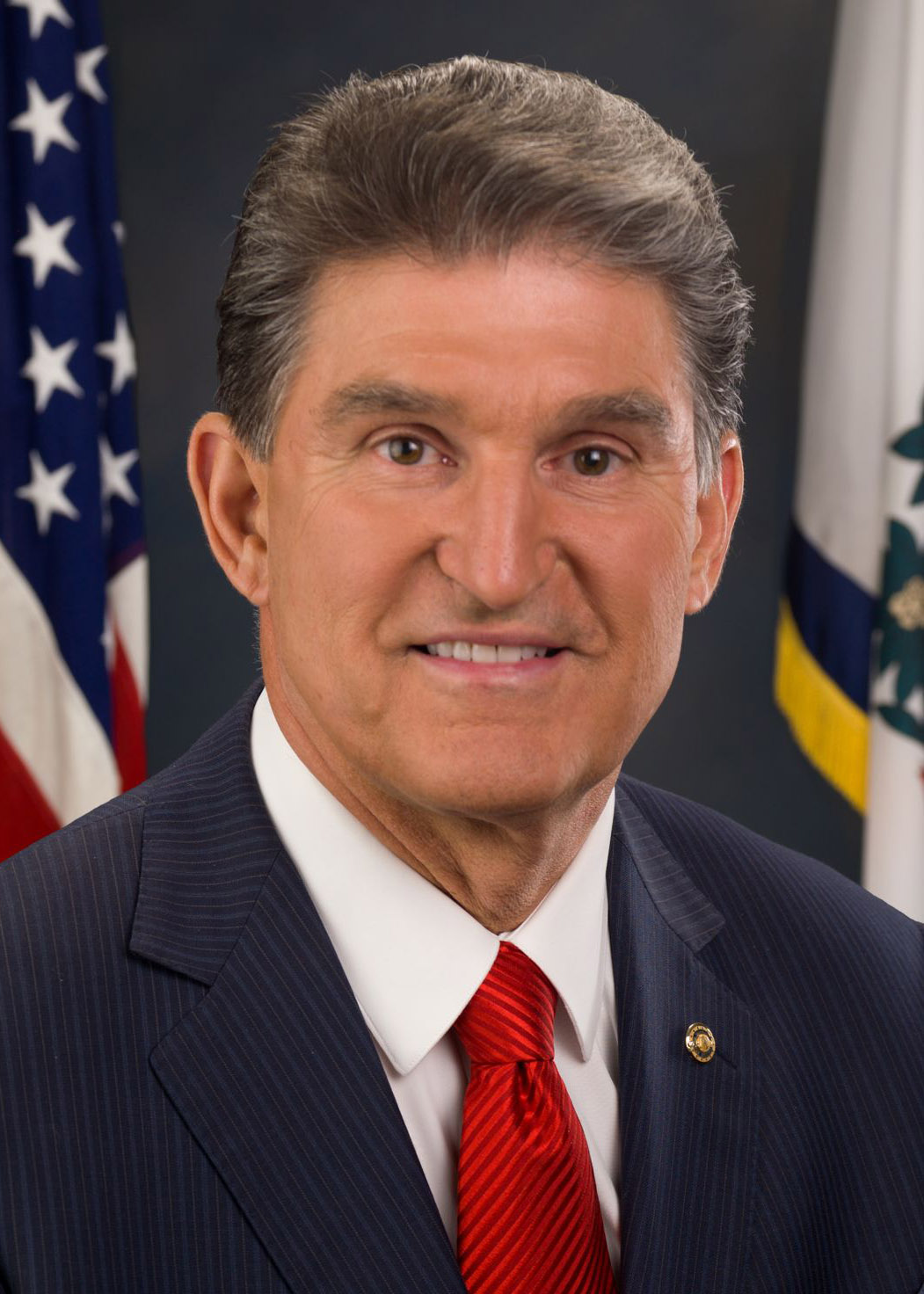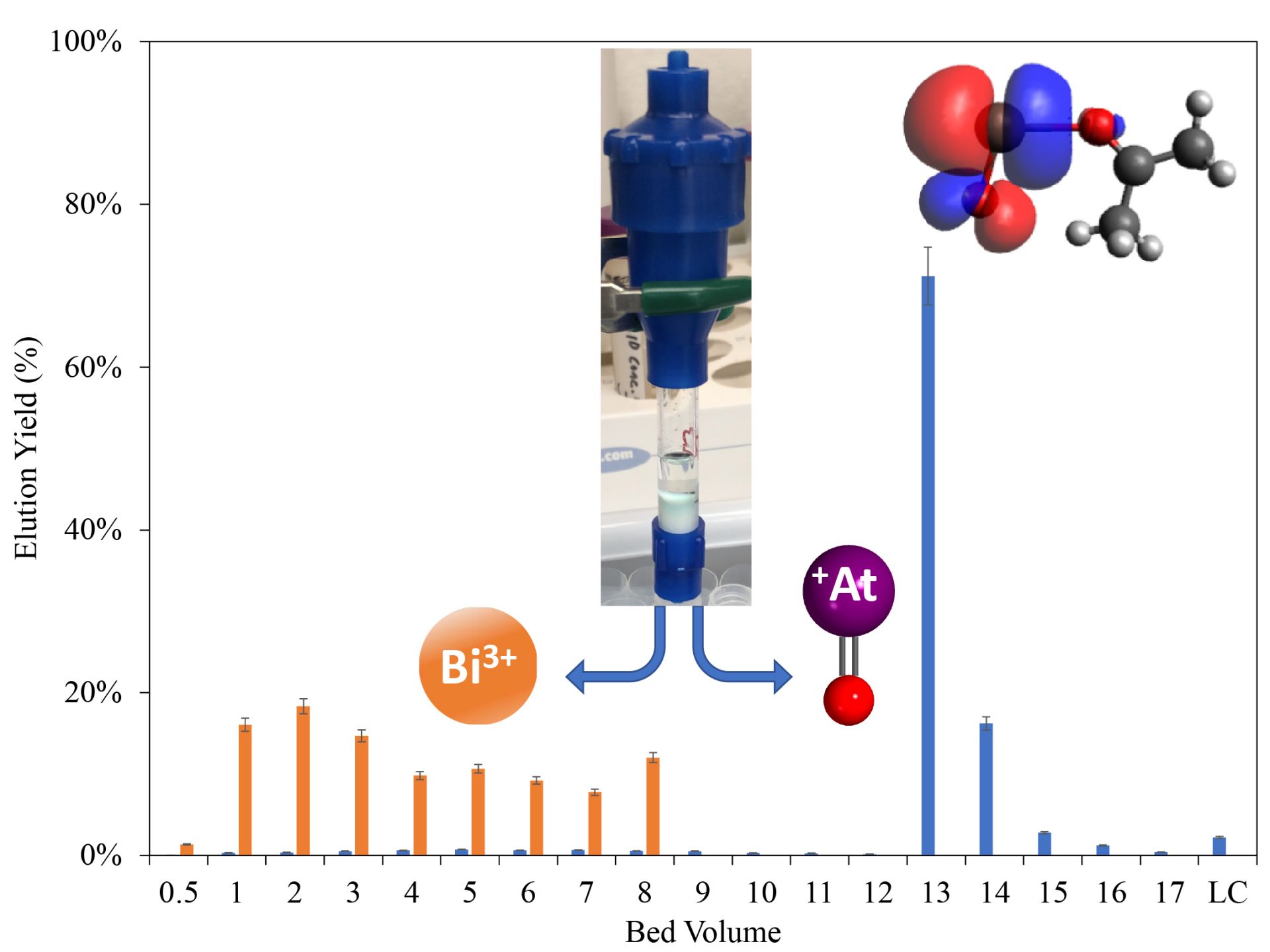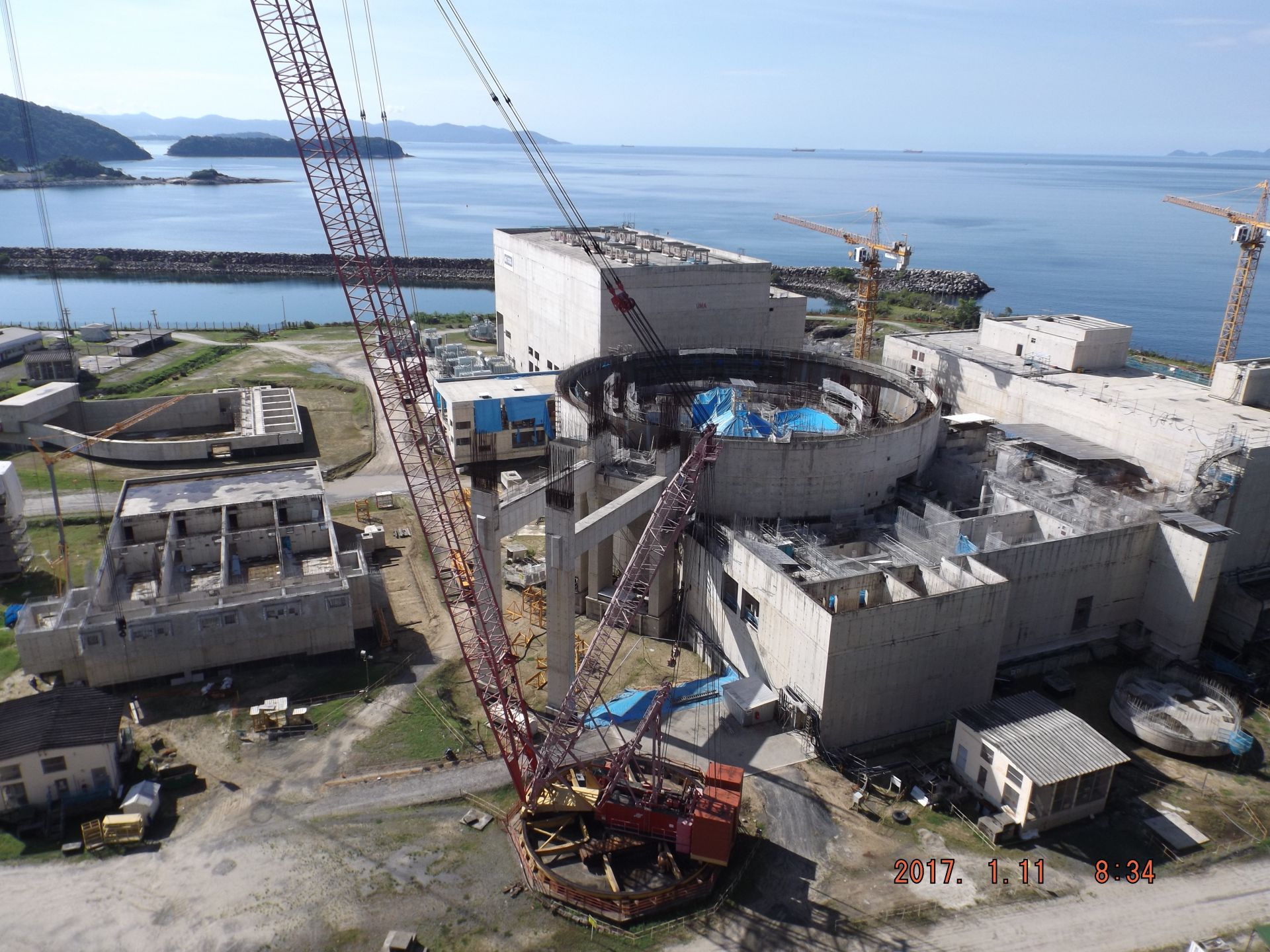Granholm speaks at Berlin Energy Transition Dialogue 21 conference

Granholm
U.S. Energy Secretary Jennifer Granholm gave her first international address as part of the Berlin Energy Transition Dialogue 2021 conference, held on March 16 and 17. Granholm started her speech by stating that “America is back,” putting climate change policies front and center as part of the Biden administration’s agenda. She said that President Biden has set ambitious goals for climate policies that will set the United States on “an irreversible path toward net zero carbon emissions by 2050.”
Granholm’s message: Granholm focused her talk on renewable energy investment and she discussed how the United States is dedicated to working with the rest of the world to cut emissions to get to net-zero. She touched on assorted topics, including investing in renewables, creating a resilient grid, installing hundreds of miles of new transmission lines to reach new renewable energy sources, improving carbon removal from current fossil fuels, promoting hydrogen production, researching next-generation battery storage, and realizing the potential massive economic boom that could come with all this investment by the U.S. Department of Energy.
There was one glaring omission from that list: Nuclear.


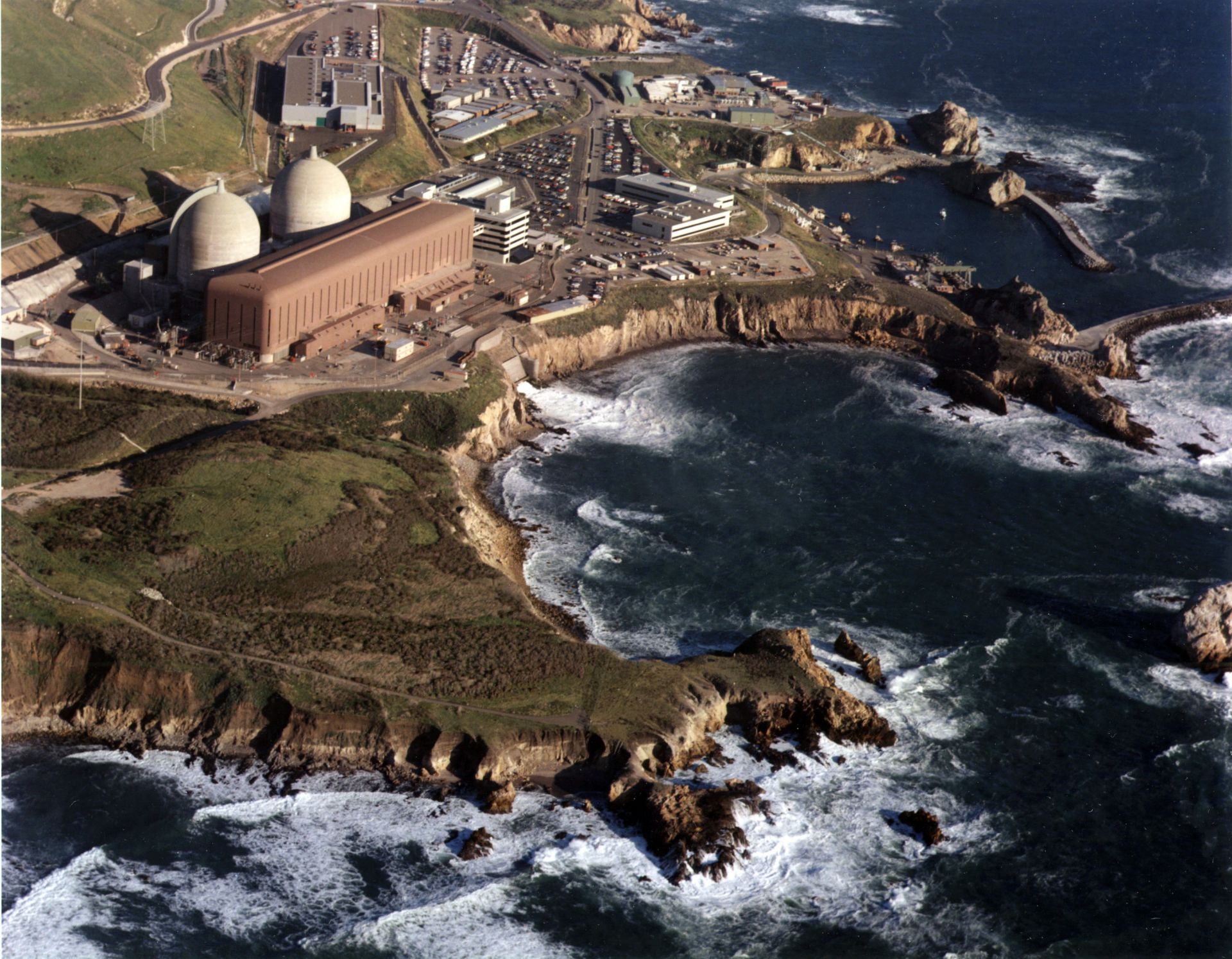
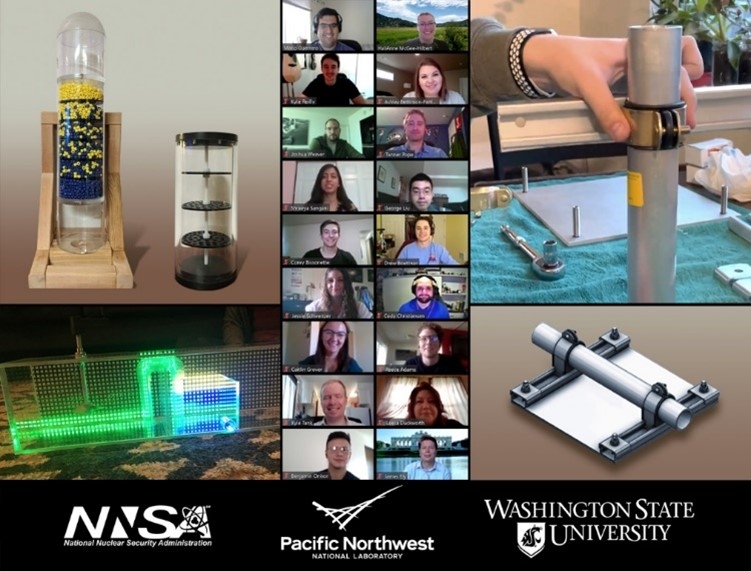

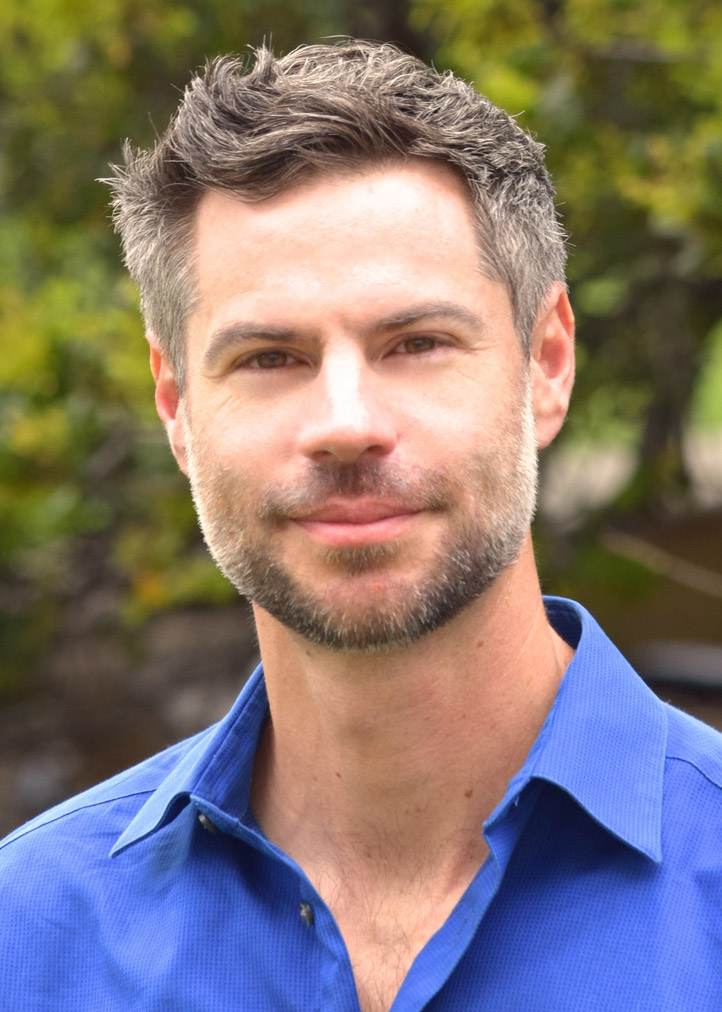
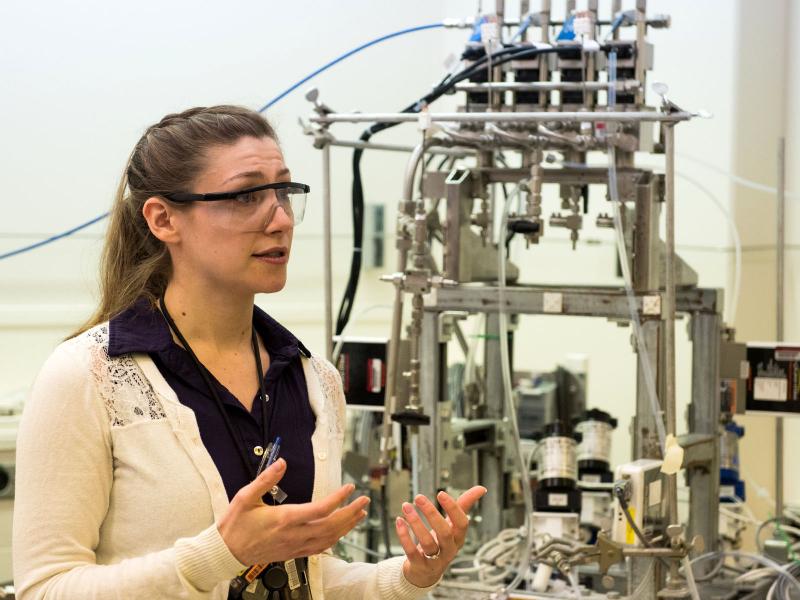
 COVID-19 has touched our lives in many ways, affecting work, school, and homelife. The Diversity and Inclusion in ANS Committee is holding a free webinar, "Coping with COVID: The Pandemic and the Nuclear Community," on Tuesday, March 23, from 1:00 p.m. to 2:30 p.m. (EDT).
COVID-19 has touched our lives in many ways, affecting work, school, and homelife. The Diversity and Inclusion in ANS Committee is holding a free webinar, "Coping with COVID: The Pandemic and the Nuclear Community," on Tuesday, March 23, from 1:00 p.m. to 2:30 p.m. (EDT).
 A new technical report from Montreal-based SNC-Lavalin finds Canada’s stated goal of net-zero carbon emissions by 2050 to be achievable but stresses the importance of immediate action and investment in all forms of low-carbon energy production, including nuclear, hydro, renewables, carbon capture and storage, and hydrogen.
A new technical report from Montreal-based SNC-Lavalin finds Canada’s stated goal of net-zero carbon emissions by 2050 to be achievable but stresses the importance of immediate action and investment in all forms of low-carbon energy production, including nuclear, hydro, renewables, carbon capture and storage, and hydrogen.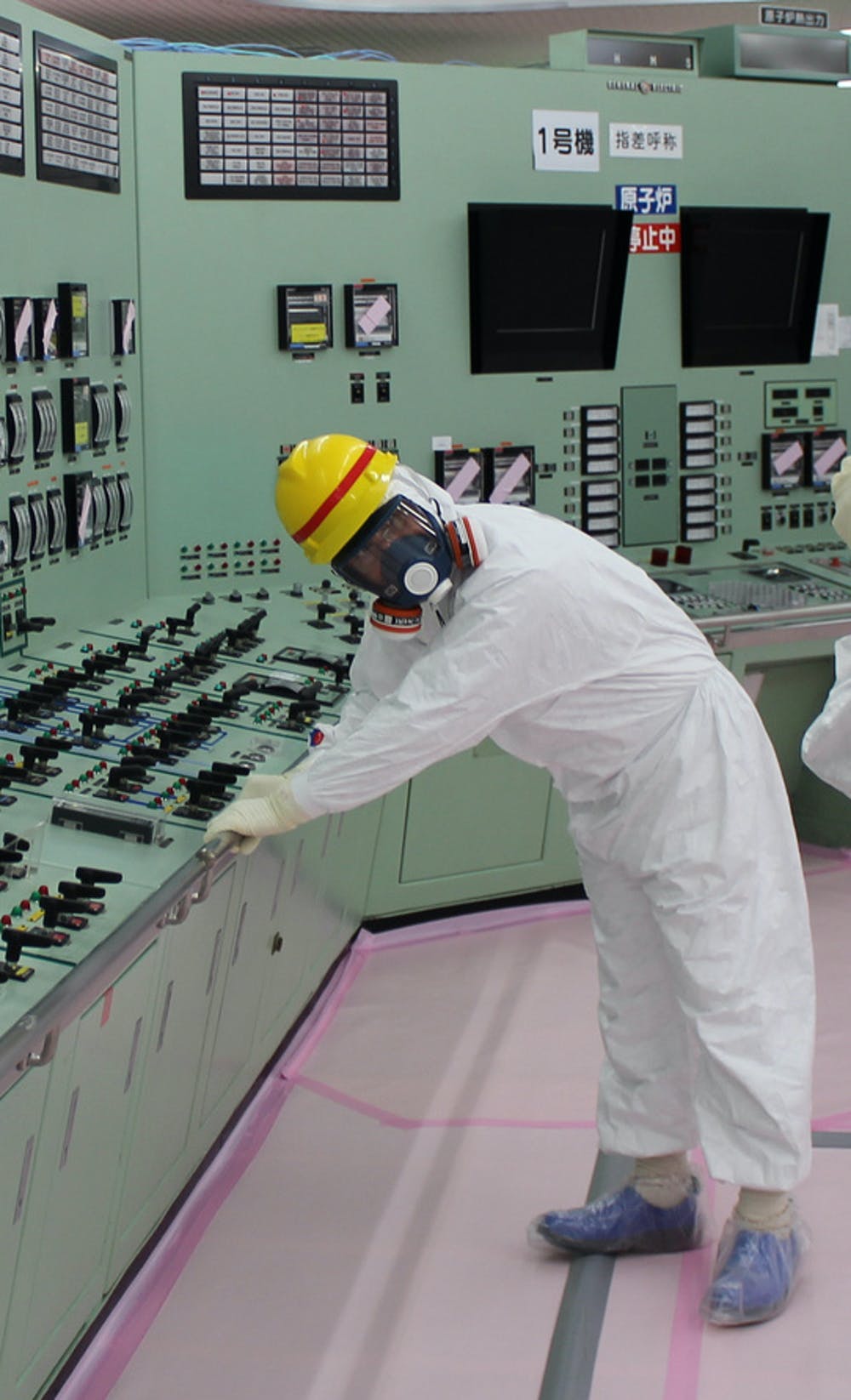


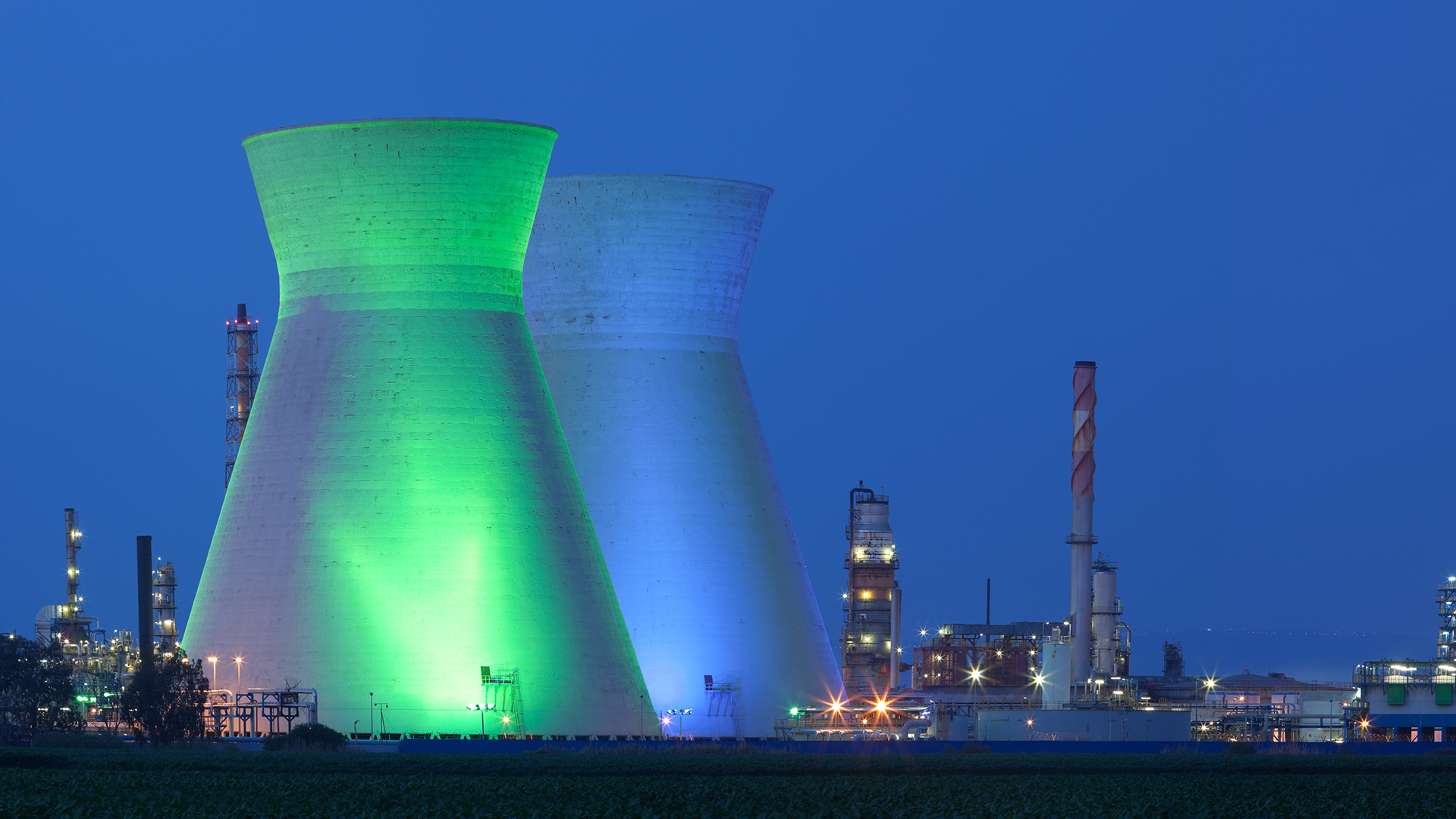 Nuclear power is an important component in the fight against climate change, but independent regulation is needed to gain the public’s---and governments'---trust, according to a March 6 article in The Economist, “
Nuclear power is an important component in the fight against climate change, but independent regulation is needed to gain the public’s---and governments'---trust, according to a March 6 article in The Economist, “